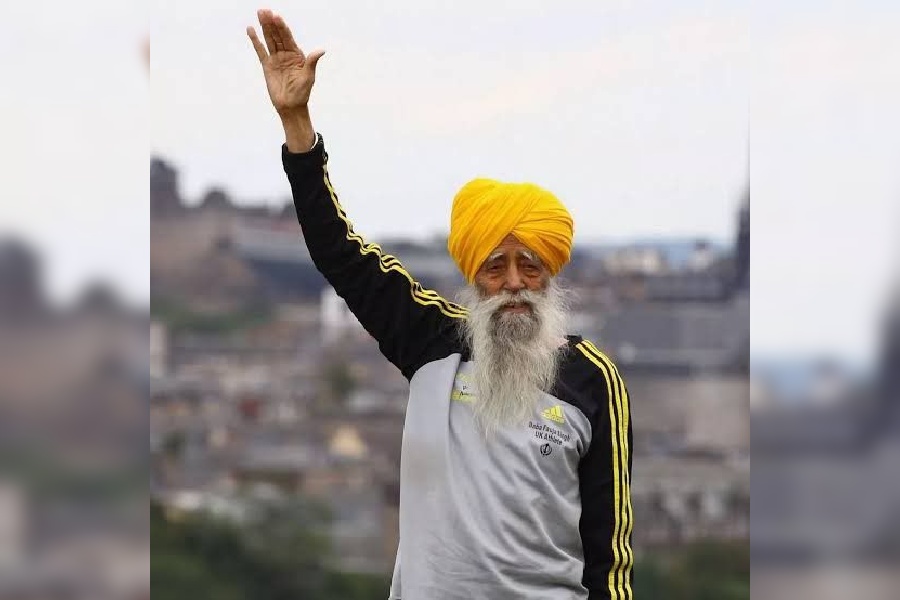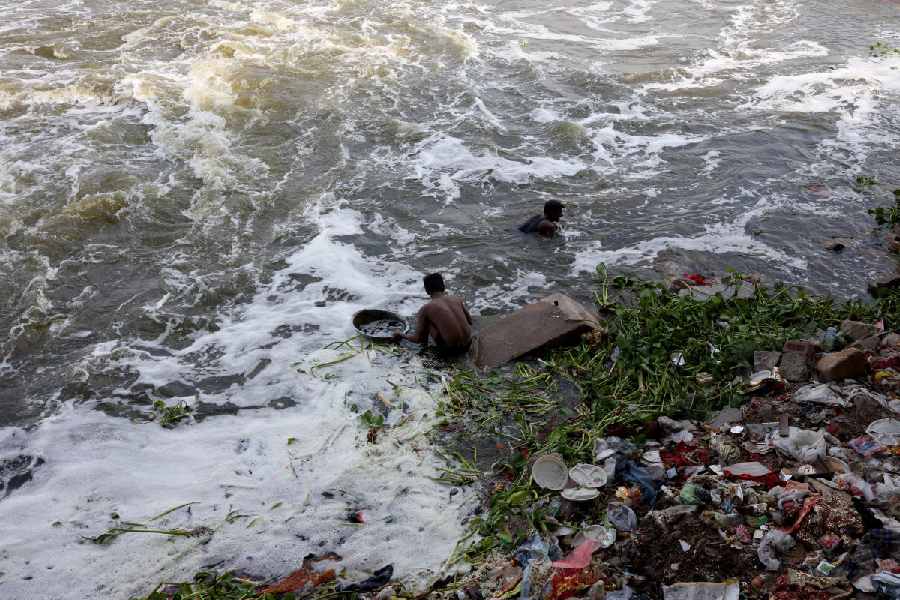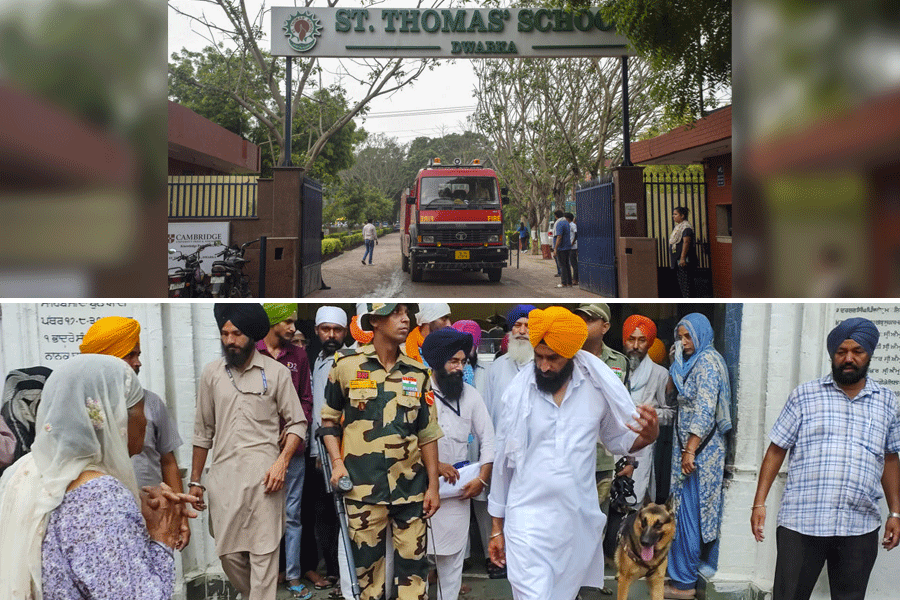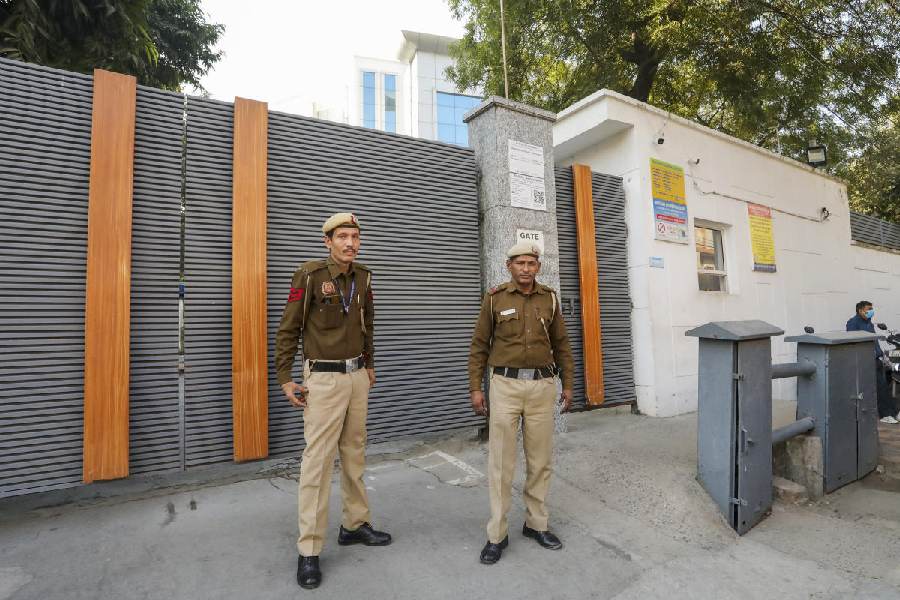“Yours is the land for gods to live in, its natural scenery, its pure atmosphere, its sweet waters, would attract gods, if your hearts were pure.”
Sardar Vallabhbhai Patel (January 1, 1948, in Shillong)
Shillong, Jan. 20: The culmination of the success of the popular, non-violent and bloodless hill state movement that lead to the birth of Megh-alaya will turn 41 tomorrow.
Much water has flown un-der the bridge since January 21, 1972, when the then Prime Minister Indira Gandhi declared Meghalaya, comprising Khasi-Jaintia and Garo hills, a full-fledged state of the Indian Union at Polo grounds here.
The 41 years of the state have been marked by transformation, stagnation and hope, plagued with political instability, leadership crisis and militancy.
Flashback: It was the then All Party Hill Leaders’ Conference, formed in July 1960, which had spearheaded the hill state movement under the leadership of stalwarts like late Captain Williamson A. Sangma, who was also Meghalaya’s first chief minister, late Brington Buhai Lyngdoh, late Stanley D.D. Nichols Roy, late Hoover Hynniewta and many others.
As the hills were then part of composite Assam, the drive for a separate state was intensified by the decision of the then Assam government to introduce Assamese as the state’s official language.
On December 27, 1966, Prime Minister Indira Gandhi visited Shillong and promised that her government would fulfil the aspirations of the hill people.
Meghalaya and other states of the Northeast were carved out of Assam after the North Eastern Reorganisation Act, 1971, was passed in Parliament.
More things change, more they remain unchanged: Even after 41 years, political leaders like Hopingstone Lyngdoh still class Meghalaya as a state without a proper demarcation of its frontiers, as the boundary dispute with Assam remains unresolved.
The conflict still occupies a pivotal space in the echelons of the political class.
Legislative Assemblies of Meghalaya and Assam still debate on the contentious inter-state boundary dispute, which will be one of the issues dominating the February 2013 polls.
Apart from the frontiers where villagers along the inter-state boundary are reportedly being subjected to a lot of stress, unplanned and haphazard development has taken a heavy toll on the state.
The ad hoc development, especially in the capital, amid a growing population (around 30 lakh according to the 2011 census), has surely put the inhabitants in a state of chaos.
The growing gap between the haves and have-nots is also another area of concern, with absentee landlords increasing and more farmers becoming landless on their own soil.
Militancy, especially in Garo hills, has always been a worrying factor for the state. While some groups have come forward to make peace, there are others who are still armed with sophisticated weapons and are creating unrest.
These and countless others are the burning issues confronting the state. The new government that is going to assume office in March after the elections will have its task cut out and will have to undertake several measures to alleviate the decrepit state of affairs.
Nevertheless, there are also numerous reasons to cheer as the state takes positive strides in several directions.
Tomorrow, as the state celebrates its 41st birthday, it would be an opportune time to look back and weigh the past against the present to determine the future.











